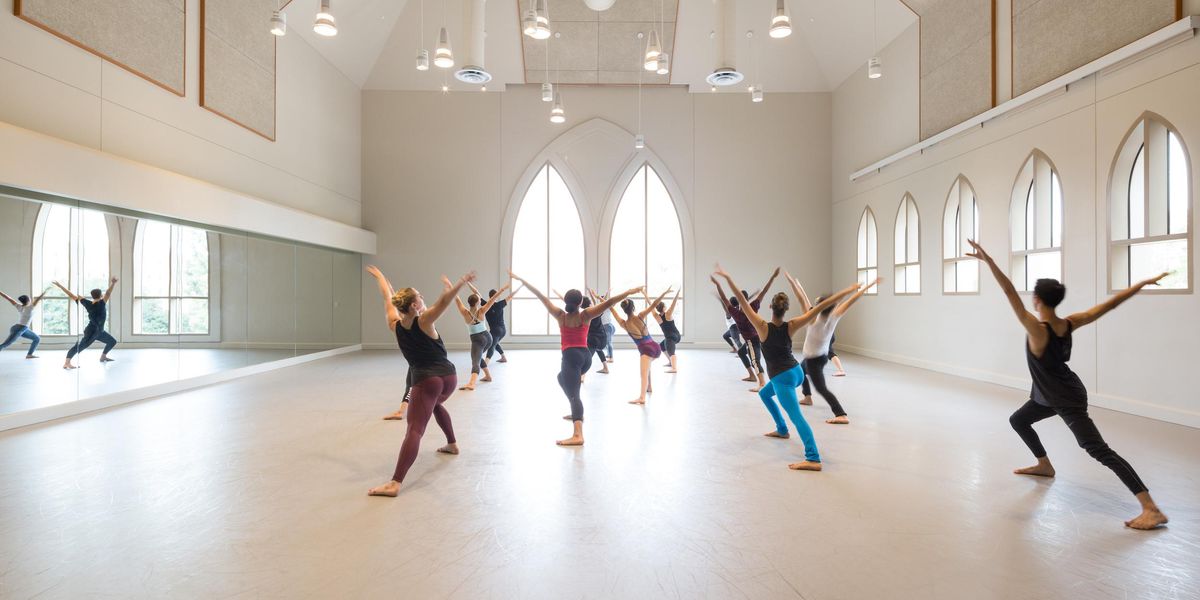Your Body: Green Energy
For years, musical theater dancer Melissa Ryan drank coffee to get through two dance classes without a break, but she felt dehydrated and tired. Then she discovered kale. “The first time I had it, there was literally a spring in my step,” she says. “Now, if I have kale in a juice in the morning, I can take two classes with no problem.”
Leafy greens play a major role in a healthy diet. But not all leafy greens are created equal. Kale, a vegetable in the brassica family, edges out others out in benefits like increased energy, essential vitamins and minerals, and sustained satiation. Plus kale flourishes in winter when other vegetables die. That means you can find kale year-round at your supermarket. Here’s how kale can help you stay full—and fully energize—during a busy winter season.
A Natural Booster
Kale has earned its superfood status because it delivers so many nutrients, like vitamin A, which promotes skin, vision, and mucus membrane health. Getting enough vitamin A can help the lining of your sinuses stay clear for easier breathing and minimize inflammation of the lungs. It also promotes bone formation, says Laura Pumillo, a registered dietician based in New York.
Kale’s vitamin boost doesn’t stop there. Its vitamin C serves as an anti-inflammatory, and strengthens the immune system. It also aids collagen production, which plays a major role in joint health. “Vitamin C neutralizes free radicals, which can hurt cell walls and promote discomfort in joints,” says Marie Elena Scioscia, a registered dietician who works with The Ailey School in New York. “Inflammation also can hurt the heart and artery walls, so a high intake of fruits and vegetables will help keep dancers’ joints and hearts in tip-top shape.”
Kale has ample vitamin B, as well. In 3 ounces of kale, a dancer can get as much as 10 percent of her daily B requirement, which helps the body to metabolize and produce energy. Scioscia adds that eating high-fiber foods like kale keeps you fuller for longer, helping you avoid energy crashes.
For vegetarians, kale is a particularly good source of calcium and iron. “If you aren’t eating animal sources of calcium, 4 or 5 ounces of kale can give you about 13 percent of your daily calcium requirement,” Scioscia says. “And, since dancers are at a higher risk of developing anemia, especially if they’re vegetarians, 4 or 5 ounces of kale can offer 10 percent of your daily iron.”
Dishing It Up
To make sure that the body absorbs kale’s nutrients, Pumillo and Scioscia suggest preparing it with a healthy fat source like olive oil. “Fat is needed to absorb and utilize fat-soluble vitamins and fat-soluble phytochemicals,” explains Pumillo. How you cook it makes a difference as well. “Most people can consume raw kale, but it’s tough to digest,” says Scioscia. “Instead, steam, sautée, bake, or even microwave it.” But beware of boiling kale—it leaches the nutrients from the food.
Before you cook it, cut the leaves away from the woody stems and tear them into small pieces. Sautéeing the leaves in olive oil and garlic or even baking smaller pieces brushed with olive oil, salt, and pepper are delicious choices. The latter option, kale chips, can be found prepackaged in some grocery stores, but Scioscia recommends fresh preparation.
Juicing, while a time-saver, removes some fiber, and since there is rarely a fat source in juice, you can lose kale’s full benefits. However, Pumillo suggests adding a fat source like full-fat yogurt to make a smoothie. For Melissa Ryan, the convenience of sipping kale in liquid form is a plus. “It’s a great shortcut when you’re running between auditions.”
Green Theme
Don’t like kale? Try a serving of these green alternatives.
Broccoli:
Rich in vitamin C, it also provides 300 milligrams of calcium.
Spinach:
Raw or cooked, it’s easy to digest and high in iron.
Cabbage:
It delivers a high percentage of vitamins A and C.
Many-Splendored Kale
Curly, or Scots, kale is the variety most often found at grocery stores and green markets. Tuscan kale, also known as Cavolo Nero or dinosaur kale, has a purple hue and a slightly sweeter, more delicate flavor. Red Russian kale has flat, blue-green leaves that are tender, making it easier to eat raw.




